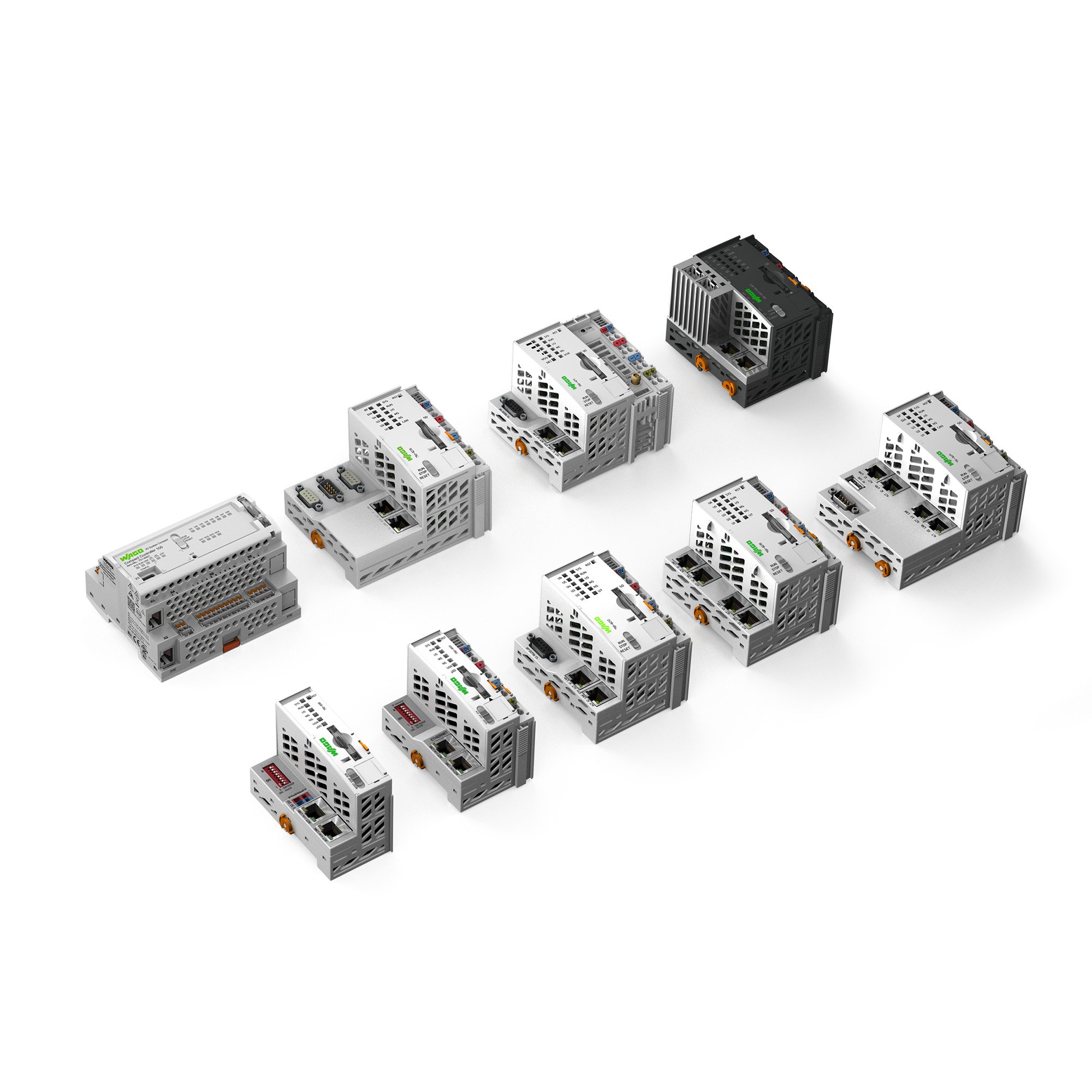The need to ensure comfort at all times accelerated the drive to advance automation. “It’s all about reducing the burden on our franchisees. While the restaurants and the technology used are becoming more and more complex, we just want to make things easier for them. That’s why we encouraged the development towards central control and management. It’s far more efficient if all the technology used is implemented in a uniform manner,“ Snauwaert explains. Luc De Jonge’s team automated the start-up process. This system allows everything in McDonald’s restaurants to start up automatically in a cascade. “In this way, all the equipment starts up gently in phases, depending on the operation, the planning and the on-site business,” explains De Jonge. A new branch was opened in Waterloo. Says Snauwaert: “Working in a monitored environment reduced the peak power from 160 kW to a maximum of 120 kW.
It’s difficult to compare the old and new situations: The kitchens have become larger, and menus have become more extensive. Innovations such as LED lighting and free cooling have also been introduced ... But this innovation has enabled us to make an efficiency leap from 20 % to 30 %. “Of course, McDonald’s kept an emergency switch in case something goes wrong. “We always have our so-called ’uh-oh’ switch close at hand,” explains Snauwaert with a wink. “If the PLC fails, the restaurant can revert to the old manual method and continue to operate. It’s like a time jump, which guarantees we can always keep working, and which gives the service technicians the time to analyze and fix the problem. That also lets us avoid the most expense service calls, such as evenings and weekends.”



